Windows are an integral part of the personality of any home. Changing the style of the windows changes its entire look, says quantity surveyor Patricia Power. “It’s like getting a new haircut.” But what are your options, and what does it cost?
The type of home you live in will dictate your options. Heritage homes may require more traditional styles, at least to the front. Budget, too, will dictate choices.
Every window type offers a different degree of technical expertise and lifespan, says Declan Scullion of Scullion Architects. “PVC is the cheapest option but has its drawbacks. White uPVC yellows with age, and then what happens to the plastic at the end of its life cycle?” he asks.
He says a good quality hardwood, such sapele or iroko, or one of the metals is preferable. Another option is accoya, technically not a hardwood but rather a type of treated wood, has a very long lifespan and is low maintenance.
If choosing metals, alu-clad is an option that gives you a larger degree of flexibility in colour. It usually features a Scandi soft pine or softwood on the interior that can be painted with aluminium on the outside to shield it from the elements.
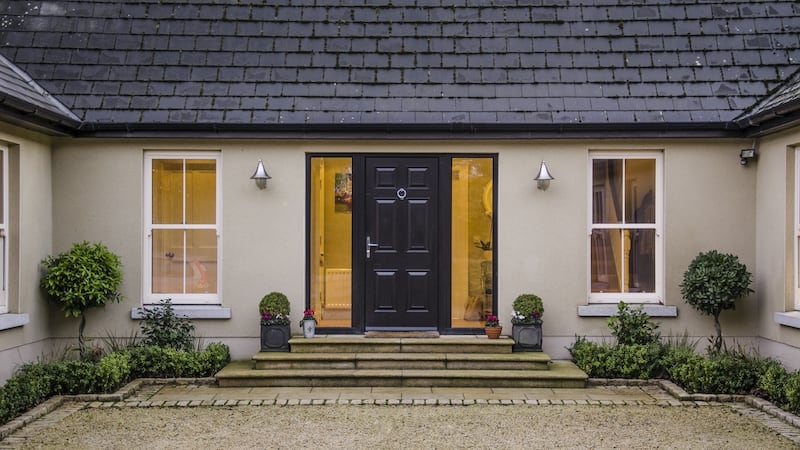
While there is a rub test for fabrics, to demonstrate their durability, there is no such metric for windows. “Some are sophisticated in terms of air-tightness and also weather tightness, but it’s still tricky for the average architect to unpick, Scullion explains. “This is why architects fall back on systems that they have found to be reliable. Many of these are of resilient aluminium.”
Many windows are guaranteed only for 10 to 15 years, some possibly 20, but very few have a longer lifespan than that. When you consider some Georgian single-glaze fenestrations have been in situ for a quarter of a millennium, what’s on offer seems like bad value for money. When tendering for windows, ask what level of warranty is being supplied, Scullion counsels.
There is a current trend for Crittal-style industrial steel windows but these are expensive. A lot of Scullion’s clients rule out this option once they see the cost.
Scullion says you can expect to spend between €10,000 and €30,000 on wood, alu-clad or aluminium windows for a typical two-storey, three-bedroom redbrick terraced house, the style you see in many Victorian Irish suburbs.
Before you order any new windows, you will need to check to see if your home is listed, as this will inform the options available to you. There is a record of protected structures listed on every city and county council website. You may also be required to keep old windows and glass and install secondary glazing.
Buildings of Ireland’s website is another good resource. A list of contractors with expertise in heritage work can be found on the Irish Georgian Society’s building register.
In these instances, you need to go to an expert in historic windows such as Mellott’s Windows in Ballinrobe, Co Mayo, a firm that has worked on conservation projects such as Limerick’s Hunt Museum, and Bunratty and Ashford castles. It will carry out a survey of the fenestrations and endeavour to save windows that are refurbishable. Mellott’s can salvage window boards and liners, architraves and shuttering.
'Most noise comes through poorly fitted designs. It means there are gaps in the windows, because anywhere there is air leakage, there is noise'
We will also try to match up same wood, says owner Henry Mellot. Pitch pine was used by Georgians but is not readily available so he generally advises accoya, which is a wood treatment rather than an actual type, one that makes it more hard-wearing.
Old windows are not sealed very well, he says. “Most noise comes through poorly fitted designs. It means there are gaps in the windows, because anywhere there is air leakage, there is noise.”
He often insulates using hemp or, where allowed, high-density foam, which also increases the window’s acoustic values. Heritage styles can be delivered in ordinary double or triple glazing options.
As a rule of thumb, costs are about €2,500 per window. If they have shutters then add a further €500 per opening. These prices includes fitting, which he says accounts for as much as 50 per cent of the cost.
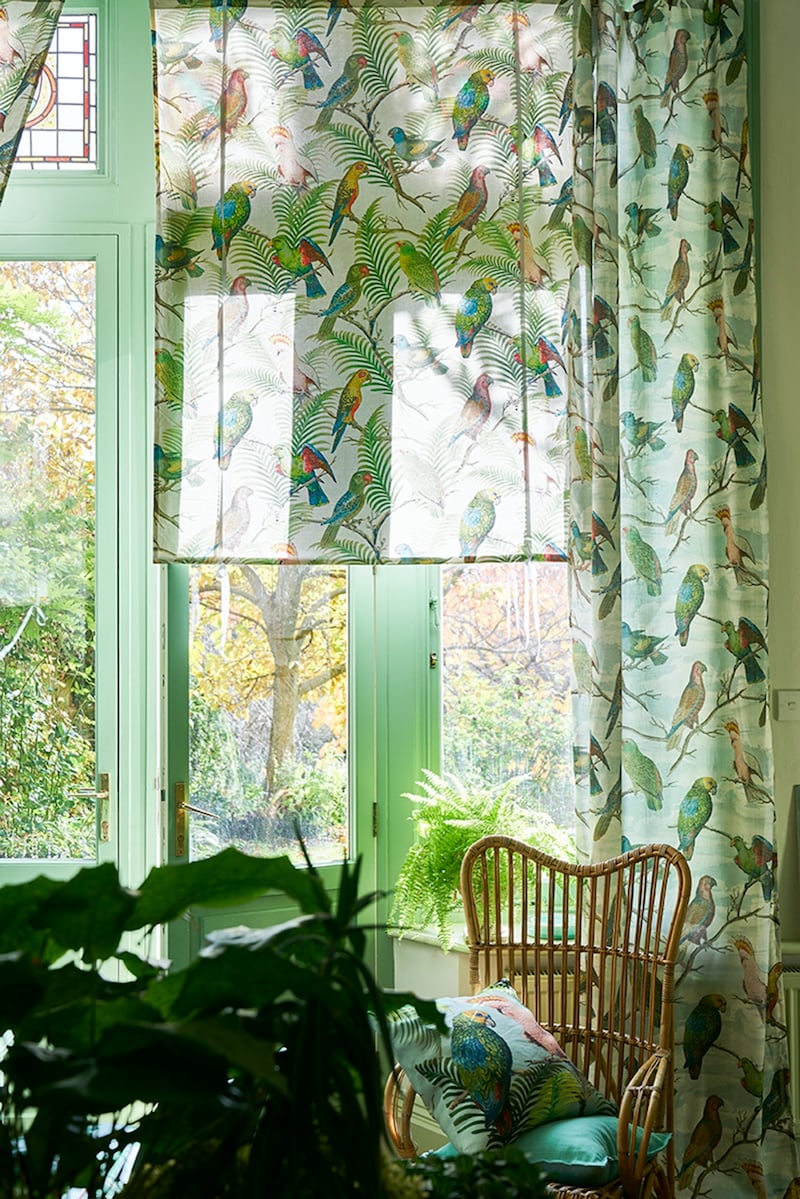
David Fitzgerald, managing director of Dún Laoghaire-based Aru Joinery, custom-designs windows for every job. Many of his windows are made in Estonia.
He suggests a physical visit to a showroom to get a better idea of what’s on offer. “Deal with companies that have a physical showroom in Ireland. That way you can also see how thick the frames are and how heavy some windows and doors may be to slide or push open. Buy windows from a supplier that has a showroom in Ireland.”
Fitzgerald says marine-grade alu-clad is a must if you live near the coast. In Ireland, 40 per cent of the population lives within five kilometres of the sea, according to CSO figures. This is also a material that can be recycled.
With alu-clad, you can have metal outside and timber inside, which can be dual coloured, so one shade outside and another inside. This gives a softer look to the interior.
Rayners, which has a manufacturing plant in Enniscorthy, is another consideration.
When you decide on the style you like in a material that is within your budget, you will then need to measure all your windows and bring those, along with photos of the exterior, front, back and side as well as examples of neighbouring homes on the street or area to give the supplier an idea of what type of home and its surrounds.
That way, the firm will present the options available to you and can price the job. When this is agreed, the joinery or window company will send a surveyor to measure each opening precisely.
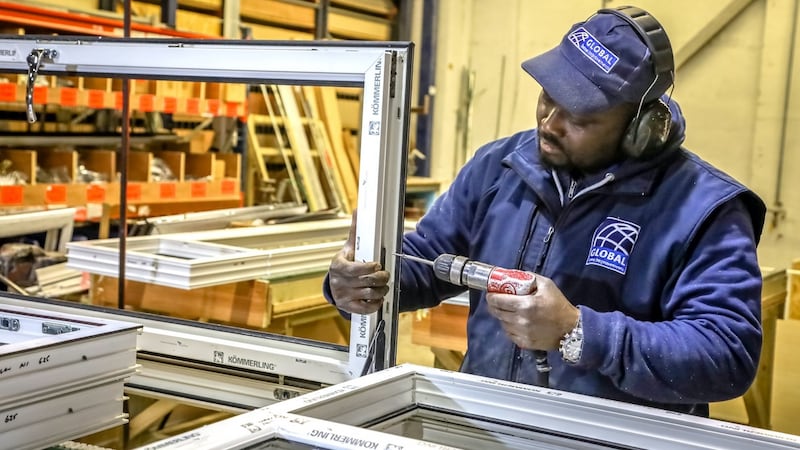
Global Home Improvements supplies, fits and fabricates its uPVC window from its base in Dublin 11. What helps it stand out, says Barry Shevlin, the firm’s managing director who is married to quantity surveyor Patricia Power, is the fact that it only supplies the residential market, so your order isn’t competing against large orders for service and delivery.
He says uPVC is a low-maintenance option, one that is suited to coastal environments.
Costings to redo windows in a typical three-bedroom redbrick terraced house in uPVC range from €3,000 to €6,000, depending on which glazing options you go for
The company’s apertures are fabricated using 100 per cent recyclable materials, and all the old windows they remove are taken back to the factory to be recycled. The company offers a 15-year guarantee on its windows. This includes free after-sales service during this period.
Costings to redo windows in a typical three-bedroom redbrick terraced house in uPVC range from €3,000 to €6,000, depending on which glazing options you go for.
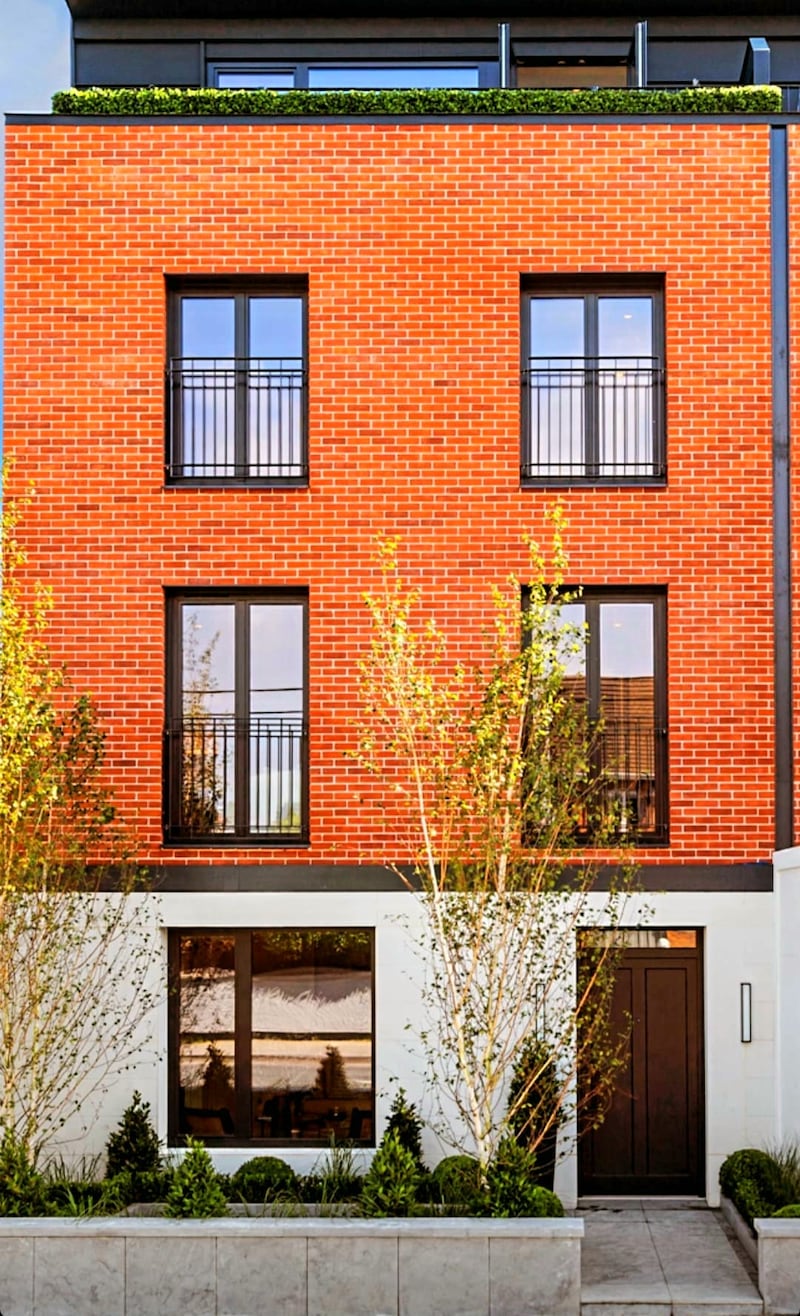
He says clients often find u-ratings to be confusing. Instead ask about the u-values of the window frames, he counsels. He also suggests consulting the National Standards Authority of Ireland Window Energy Performance scheme, which allows you can to compare and contrast the various window companies.

The British Fenestration Rating Council’s performance ratings, which run from A++ to E is another great resource for verifying energy performance, he says.
arujoinery.com; globalhomeimprovements.ie; buildingsofireland.ie; igs.ie; nsai.ie/certification/agrement-certification/wepwindow-energy-performance-scheme/; bfrc.org;
Quantity surveyor Patricia Power’s window tips
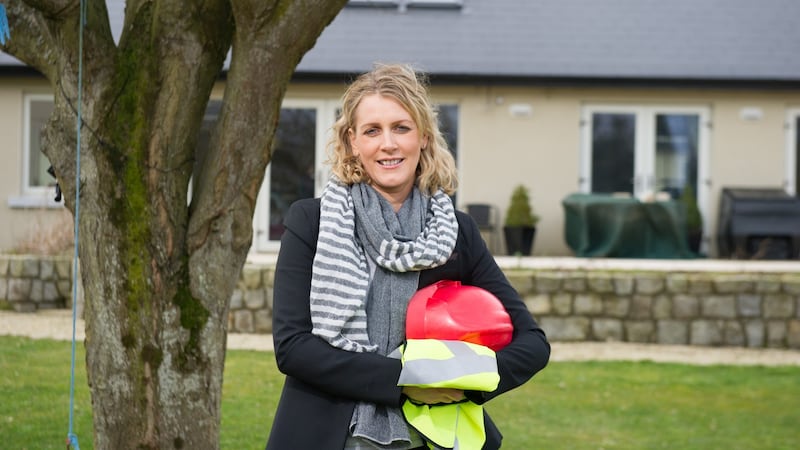
1.Consider the hardware options.
Is there a choice of handles and door knobs in different finishes such as brass/chrome? Are child locks supplied as standard? Are window vents included in the price? If there is no vent in the wall in the room, you may need window vents or a wall vent to let the room breath and to prevent dampness and mould growth.
2.Ask what colour options are available
Can you select dual colour, e.g. grey externally and a warm white internally? This gives you so much more flexibility when it comes to your interior décor.
3.Ask about the details of installation
The installation is just as important as your window style. Ensure the fitters or window company uses air tightness foam around the perimeter to seal the joints and prevent drafts. Then ensure they use an airtightness tape. A lot of existing windows were badly installed with no draft-proof treatment.
4. Keep it simple
Sometimes single panes can look better than multiples. Odd numbers look better than even, the architects say.
[ patriciapowerqspm.comOpens in new window ]
What grants are available?
Conservation grants are available. The application is made through the conservation officer in your city or county council.
Windows and external doors are considered an eligible measure by the SEAI in cases where the homeowner does a deep home energy upgrade to at least a B2 BER. The National Home Retrofit scheme supports this as part of a series of measures that also includes wall, floor and roof insulation, ventilation and the use of heat pumps. Homeowners can apply through the One Stop Shop and Project Coordinator options on the website.
A second option where windows can be considered part of an overall package of works is the Community Energy Grant scheme, with a new call for projects expected shortly.
https://www.seai.ie/grants/home-energy-grants/one-stop-shop/https://www.seai.ie/grants/national-home-retrofit/https://www.seai.ie/grants/community-grants/igs.ie
















